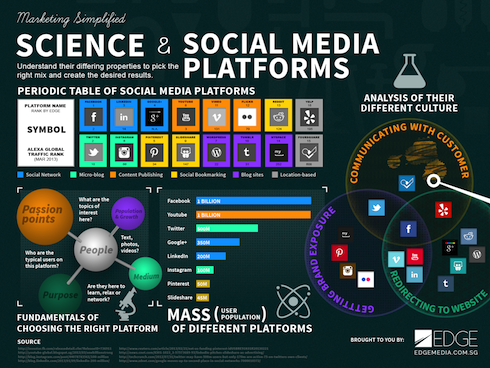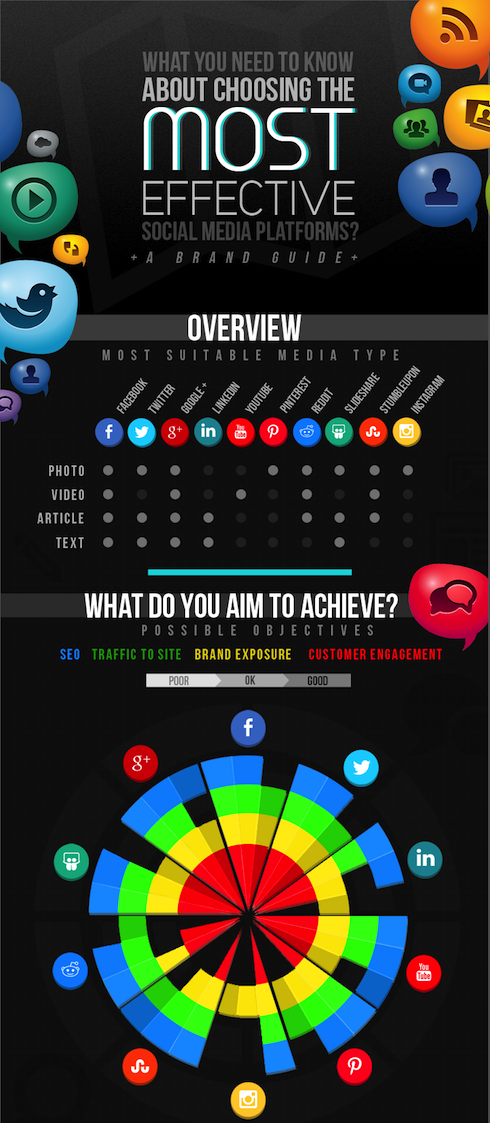By adaptive - October 7th, 2013
Engage your customer by speaking to them in the language that they prefer.
In parts one and two of this series we looked into how to identify your core groups, understand audiences and fine tune brand messaging to ensure you meet market needs, preferences and customers. This analysis has highlighted the importance of being relevant and using data to build customer engagement and loyalty. In the final part of this series on delivering targeted messages, we will examine the value in differentiating your platforms and creating customised messages.
“You are speaking to human beings and there is that expectation to be spoken to by one,” says Musa Kalenga Head Group Digital Marketing at Nedbank, “The rest of it is trial and error and a series of calculated risks in appealing to the various people in your communities. Use a dedicated team of platform specific experts to listen on an on-going basis, they become the custodians of the brand character and need to exercise discretion and initiative in managing the various members of your communities.”
Social media messaging needs to be tailored to develop and maintain the brand’s personality without coming across as an automated response or cut and paste communication. It has the potential to truly impact the bottom line, a powerful form of marketing that blends sentiment and word of mouth, and can make or break a brand.
“In my experience I’ve seen consumer’s turn around from a negative experience to making a purchase of a product because the brand engaged with them on a personal level,” says Devon Stanton, PR and Promotions Manager at Megarom, “While this may be one on one engagement, you can be sure that hundreds of other consumers are watching that thread and paying attention to what the end results are.”
Before you can differentiate your messaging, make sure you are on the right social platforms for your brand and do not make the mistake of neglecting to be on social media at all. A great example of how a brand missed the boat took place in February last year when nothing but tumbleweed could be seen on the Poland Spring twitter stream after a water bottle fumble by Marco Rubio trended across Twitter. There was nary a post on Twitter from the company and the lack of social nous saw the company, er, dry up. They did release a shot the next day that referenced the Twitter storm – on Facebook.
The company responded on the entirely wrong platform and missed the chance to really capitalise on the opportunity.
Choose the channel
It is easy to point at brands that make mistakes on social media and are left lying in the dust of hashtags and trending disasters, but to step into social media and take it to new levels is not an easy task. Know your users and understand what they are on that social network for, don’t be the sleazy guy in an anorak sidling up to the pretty lady at the bar (translated: people generally use Facebook to relax, not shop). Use the right tools for the medium with vivid images for the Instagram and Pinterest social networks, a blend of both for Facebook, and sassy words in 140 characters or less for Twitter.
Each branch of social media has its own context. It is used at a certain time or in a certain way and with a certain state of mind. Have you selected the correct channel for communicating your message? Ask yourself what you want to achieve and structure your channel focus accordingly. Look at the statistics on offer for the various social media platforms – Facebook with its readership over a billion or Google+, a growing platform at around 300 million – and look at the demographics that inhabit them. Are your readers there?
The infographic below by Edge Media highlights the fundamentals of choosing the right platform and why you need to ask questions about your planned content and how you aim to deliver it before you embark on a costly campaign.

“You cannot be everything to everybody anymore,” says Scott Gray, Head of Social at Quirk, “Brands must make trade-offs on who they want to focus on. I like the analogy of having a large piece of toast and a small piece of butter. You can either have one deliciously memorable bite by focusing the butter on one small area, or a generally average experience if the butter is forced across the whole slice.”
This is not a new science. The same principles that determine advertising spend in print or online need to be put into effect here. You would not sell car parts in Vogue or high fashion in Autotrader, so apply the same logic to the social media channels you plan to use and find out where your audience is located. Are they all hanging out on Facebook or are they forging power relationships on LinkedIn?
“The audiences are often determined by the social media platform,” says Kalenga, “The optimal way to segment customers would be through building data trails and profiles that are more specific and confirm the assumptions of the various social media platforms.”

It is worth noting that your customer messaging on social isn’t about how many ‘Likes’ you get, it’s about actual engagement. Ten brand ambassadors will do more for your brand than 10 thousand Likes. Ensure that the content you put up talks directly to them and their demographic and you will build this loyalty. Put up a range of posts that don’t stay on brand, that constantly sell, that don’t remain within demographic and you will find yourself losing readers. Not only will this level of focus improve your messaging and customer interaction, but it will have a marked effect on your bottom line. Budgets are tight and if you do it right, your return on investment will be worth the effort.
Next Reads
December 2013, London
Become a social business: For superior marketing response, sharper corporate decision-making, enhanced innovation and a happier, more loyal customer
Brochure Programme